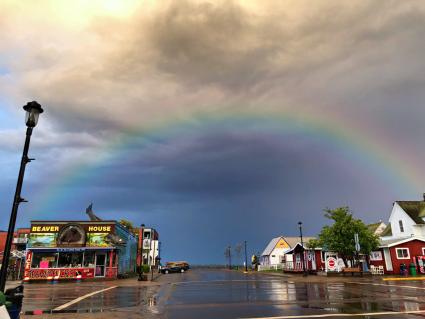'Zoom town' trend finding a home in Grand Marais, the North Shore of Lake Superior
It’s no secret that many choose Grand Marais, the North Shore and the surrounding outdoor playground as their vacation destination each year.
However, in recent years, particularly during the COVID-19 pandemic, some of those same people are opting to extend their vacations into a permanent relocation.
It’s a phenomenon that relators across the country are referring to as ‘Zoom towns.’
The running narrative of the notion goes like this: We like vacationing in this place. I am working from home now. Let’s forget the conveniences of living in a metro area and live in the place we like the most.
Primarily thought of for tourist destinations across the American West, the trend is climbing its way into Cook County and the North Shore of Lake Superior as well.
Jordan Smith is the director of the Institute of Outdoor Recreation and Tourism at Utah State University. Smith is also involved with the Gateway and Natural Amenity Region (GNAR) Initiative, a research project studying the migration to “gateway communities,” or small towns like Grand Marais that are near major public lands as people’s jobs increasingly allow them to work from home.
Smith told WTIP’s Joe Friedrichs that Cook County and the North Shore fit into the scenario that many other small communities where tourism is a major component of the local economy are facing with regard to amenity migration, affordable housing and a host of other issues, some good, some bad. Regardless, the fact Cook County offers high speed internet as an option will continue to drive this trend as the COVID-19 pandemic reshapes the way people work and from where, Smith said.
Far from a hands-off research project, the GNAR Initiative provides an online toolkit for gateway communities, hosts educational events and community peer-to-peer learning forums. As part of its efforts to raise awareness about the likelihood of amenity migration to gateway communities and to share tools and resources, the GNAR Initiative is hosting a webinar series on amenity migration that started in October and will continue into December. Learn more by clicking here.
Listen to the audio below to hear Smith’s full interview with WTIP.
Tweet







